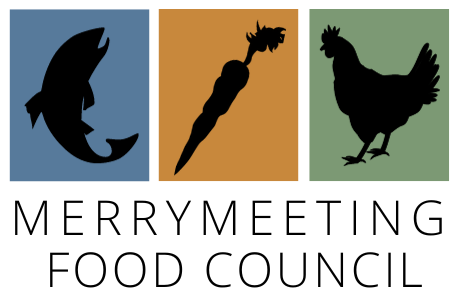Can New England feed itself in the years to come? The New England State Food System Planners Partnership, a collaboration between Maine Food Strategy, five other state-level food system organizations and Food Solutions New England, released a report on June 5th that outlines the critical role Maine can play in making the region’s food system stronger and more self-reliant. The report, a product of 16 researchers exploring the opportunities and needs along the food supply chain in New England, highlights the land, sea, and labor needs of the region, consumer purchasing metrics, distribution trends, and population projections that will impact the region’s ability to feed itself in the coming years. The Partnership framed the report around a regional goal of producing and consuming 30% of New England’s food needs by 2030.
The report illustrates the opportunity available to Maine in stabilizing the region’s food system. Maine is home to only nine percent of the region’s population, but holds more than 33% of the region’s agricultural land. As a result, despite its small proportion of New England’s population, Maine is home to 11% of New England’s food system employment, and just over eight percent of New England’s food retail sales, a $7 billion economic industry for the state. In contrast, a state like Connecticut is home to 24% of the region’s population but only 10% of its farmland, ensuring that in order to make its food system more reliant on local food, it must capitalize on available production capabilities of nearby states – such as Maine.
The gap between what Maine produces and what it consumes can be exported to support our economy, jobs, and our communities. We can rely on an unstable and unpredictable global supply chain or feed our neighbors right next door here in New England. Together, we can build a comprehensive food system development plan here in Maine in order to strengthen local farms and food businesses, be less dependent on a global food supply, and expand access to agricultural land and retain our fisheries landings so more of the food consumed here can be produced here.
Becoming more self-reliant requires expanding our food supply chains, building up our infrastructure, and retaining control of our land and sea resources. Food production is heavily concentrated in the northern part of our region, where agricultural land is more abundant. It is our responsibility to ensure that policies to strengthen the local food system are equitable, so we can all access the resources needed to feed our communities.
Read the full report here.
